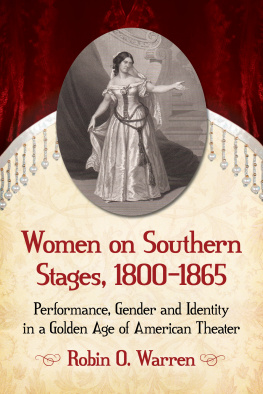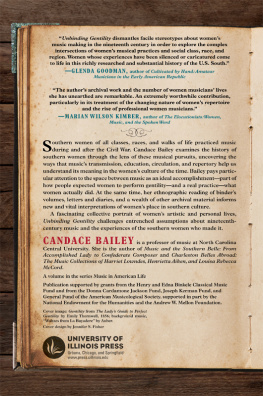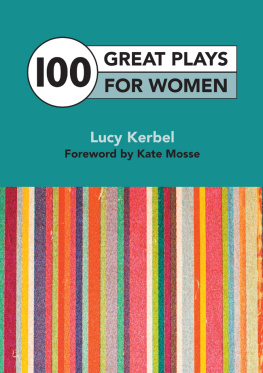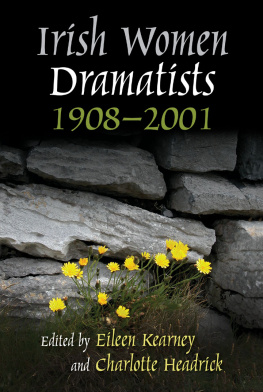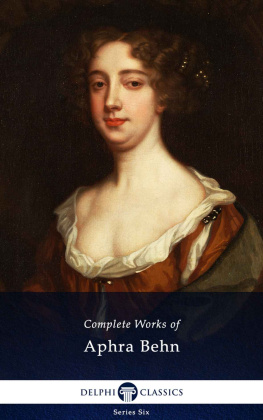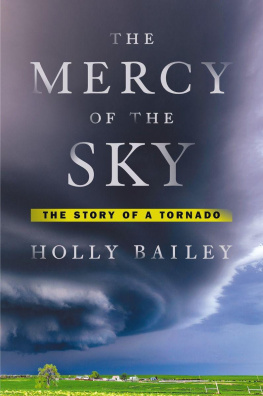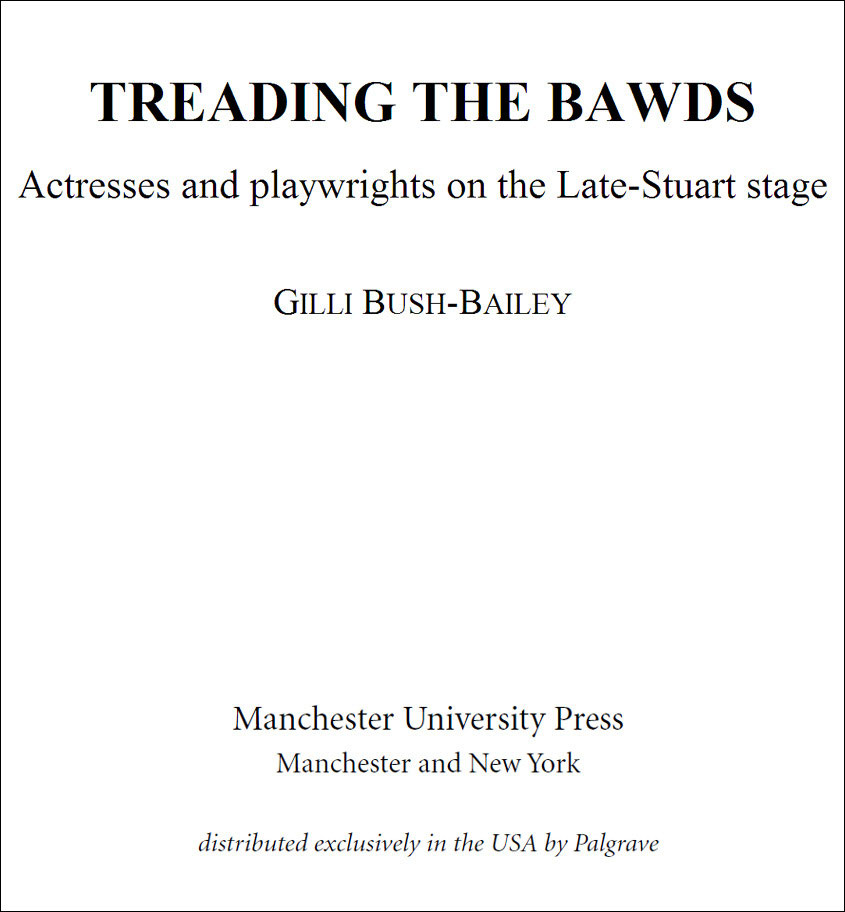TREADING THE BAWDS
WOMEN, THEATRE AND PERFORMANCE
SERIES EDITORS
MAGGIE B. GALE AND VIV GARDNER
Already published
Auto/biography and identity: women, theatre and performance
EDS MAGGIE B. GALE AND VIV GARDNER
Women, theatre and performance: new histories, new historiographies
EDS MAGGIE B. GALE AND VIV GARDNER
TREADING THE BAWDS
Actresses and playwrights on the Late-Stuart stage
GILLI BUSH-BAILEY
Copyright Gilli Bush-Bailey 2006
The right of Gilli Bush-Bailey to be identified as the author of this work has been asserted by her in accordance with the Copyright, Designs and Patents Act 1988.
Published by Manchester University Press
Oxford Road, Manchester M13 9NR, UK
and Room 400, 175 Fifth Avenue, New York, NY 10010, USA
http://www.manchesteruniversitypress.co.uk
Distributed exclusively in the USA by
Palgrove, 175 Fifth Avenue, New York, NY 10010, USA
Distributed exclusively in Canada by
UBC Press, University of British Columbia, 2029 West Mall,
Vancouver, BC, Canada V6T 1Z2
British Library Cataloguing-in-Publication Data
A catalogue record for this book is available from the British Library
Library of Congress Cataloging-in-Publication Data applied for
ISBN 978 0 7190 7250 5
First published 2006
15 4 13 12 11 10 09 08 07 06 10 9 8 7 6 5 4 3 2 1
Typeset by
D R Bungay Associates, Burghfield, Berks
Printed in Great Britain
by Bell & Bain Ltd, Glasgow
CONTENTS
SERIES EDITORS FOREWORD
This series, Women, Theatre and Performance, has its origins in the work of a number of feminist theatre academics from the 1980s and 1990s a period when interest burgeoned in the part that women have played in theatre over the centuries. That interest was in its turn the daughter of the Second Wave womens movement, the womens theatre movement and the womens history movement from the previous two decades. It was with some delight that women theatre workers, spectators and scholars alike discovered that women did have a significant history in performance, and these women and some men have continued to investigate, interrogate and work with their histories. Feminist performance analysis and womens theatre history has now become an established part of performance practice and theatre studies at both a university and a more popular level.
In the 1990s, the journal Women and Theatre Occasional Papers became the host for the documentation and dissemination of contemporary research and innovation in theatre practice and scholarship in Britain. The emphasis on history and historiography was a considered decision. It was felt that at that time no consistent outlet existed for all the work that carried on the feminist retrieval project of the 1980s which was emerging from theatre and drama departments in Britain and elsewhere. This emphasis on history did not and does not preclude engagement with contemporary practice. On the contrary, it was felt that our history was very much part of our present and that the two could, and should, be studied side by side. This series seeks to continue that original project and to make the research and debate available on a more than occasional basis. The series will consist of themed volumes that consider theatre as part of a wider nexus of social and cultural practices. Womens contribution to all areas and types of theatre and performance will be included, from opera and acrobatics to management and dramaturgy. Continuities and consistencies will not be sought, though they may be found within the transhistorical and transcultural organisation of the material.
The series is designed for students at all levels, teachers and practitioners, as well as the interested enthusiast who wishes simply to fill in the blanks where women have been hitherto hidden in theatre histories.
Maggie B. Gale and Viv Gardner
ACKNOWLEDGEMENTS
Acknowledgements tend to be a short history of collaboration and influence: the following is true to that tradition. My thanks go first to my editors, Maggie Gale and Viv Gardner, for their thoughtful comments and encouragement, not least by including this book in their series Women, Theatre and Performance, which has contributed to my writing and thinking over the past five years. Then, to Richard Everett for his support and understanding during the many changes that the journey from professional actress to academic have brought to us both; to Kingston University for accepting my unorthodox preparation for undergraduate work and especially to Dr Sarah Sceats, for encouraging me to pursue postgraduate research. The Department of Drama and Theatre at Royal Holloway has been my place of study and work over the last decade: fellow research students and former tutors have become colleagues and friends and I am grateful for the generous support they continue to offer. Finally, I would particularly like to thank Professor Jacky Bratton for her invaluable criticism and comments on my work, at all stages of its development and, above all, for her own writing which continues to break new ground in the field of womens theatre history. She is simply the best theatre historian, mentor and collaborator without whom
This book is dedicated to three special theatre women:
Evelyn Howard, Joan Berly and Rebecca Everett.
INTRODUCTION
Consciousness of history is all-pervasive at the start of the twenty-first century. Wherever we look, it is present.
Twice a day, from Monday to Saturday, the Theatre Royal Drury Lane offers backstage tours to groups of schoolchildren, students and tourists. Clutching tickets admitting entrance Through The Stage Door, we are instructed to gather in the foyer. This impressive front of house space is positioned behind the four large double pillars that dominate Catherine Street on which this, the fourth Theatre Royal Drury Lane, now stands. A statue of Shakespeare, commissioned to adorn the portico of the theatre in 1820, now occupies a corner on the left hand side of the foyer, while on the other side the seated figure of Noel Coward, cigarette in hand, guards the set of doors leading through to the Lower Rotunda. Above the doors are two ornately carved wooden plaques with gold embossed lettering: the larger of the two, nearest to Shakespeare, lists the roll call of Patent Holders, Lessees and Managers from Thomas Killigrew in 1663 to Andrew Lloyd Webber, who took control of the building in 2000. The other pays honour to the less well-known names of actors, musicians, writers and workers for the stage who have given their lives for their country in the Great War (19141918). The whole works to impress upon us the cultural significance of the building and those who have contributed to its place in theatre history. On the opposite side of Catherine Street stands a pub, Nell of Old Drury. It too boasts wooden plaques with gold lettering, impressing on the reader its own stake in royal and theatrical history: Our pub owes its name to Nell Gwynn, who was King Charles IIs favourite mistress. She had been an orange seller in Covent Garden and was an actress. An image of Nell (after Verelst, c. 1680) hangs over the pavement, suspended above the heads of passers-by.


